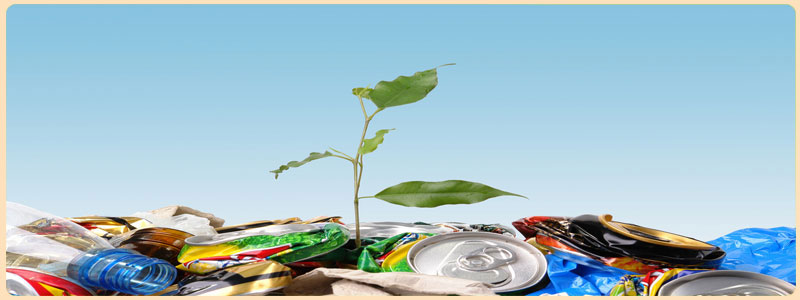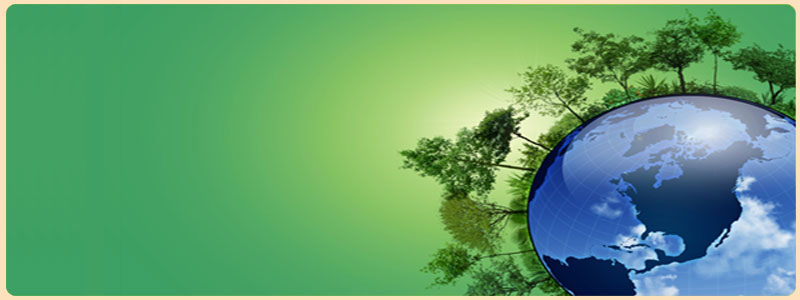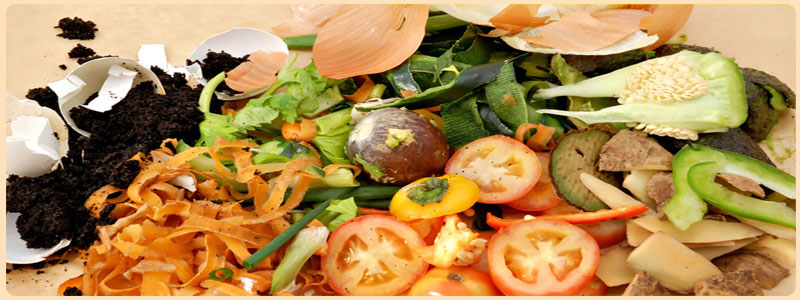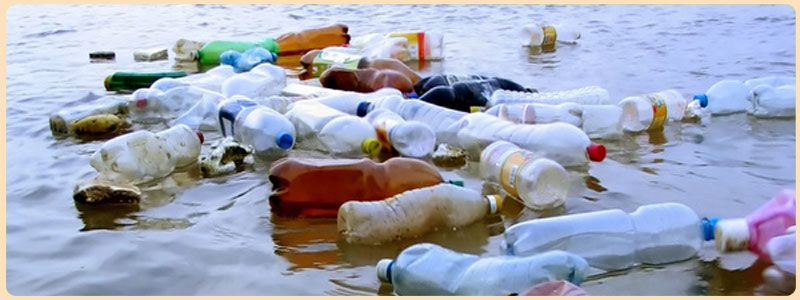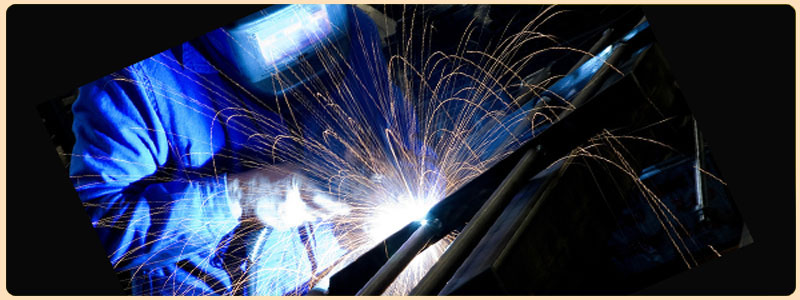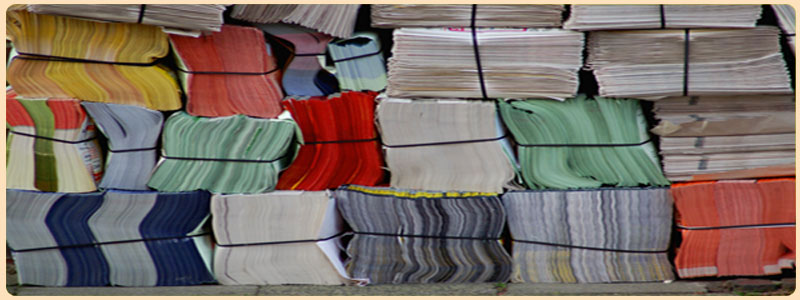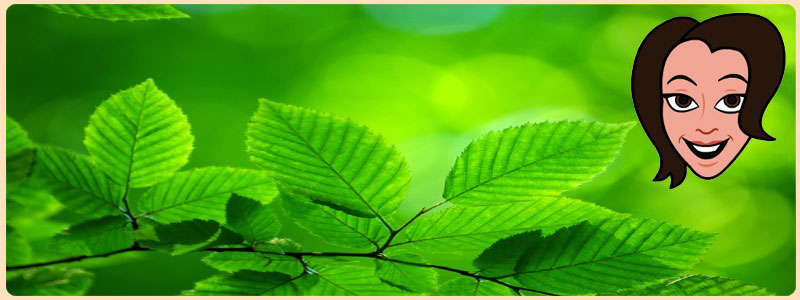 |
You are presently viewing: Paper Recycling Process |
|||||||||||
Paper Recycling Process: Step by Step
 What exactly is the paper recycling process? The more you try to find interesting recycling facts, the broader the subject becomes. I started learning about things I never even considered like: WHAT HAPPENS ONCE THE PAPER LEAVES YOUR RECYCLING BOX??? Of all the recycling facts out there, I thought this was one to share so, here goes: Collection
Processing
As I mentioned before in my page on Recycling Paper , the paper recycling process involved in changing old paper into new paper requires a significant amount of energy. We can see here that the de-inking process uses water and chemicals, but these amounts are much less than they would be in the manufacture of virgin paper. Unfortunately, the same paper cannot be recycled indefinitely. Each time the fibers are pulped, they get shorter and shorter and lose their papermaking qualities. A fiber can be recycled about four and six times before it disintegrates. The quality of paper produced will vary depending on the percentages of recycled and virgin paper used in its production. Please remember that we can make most anything from recycled pulp which used to be made from virgin wood pulp. By recycling paper, we help save our forests from being destroyed while at the same time, we help cut down on the environmental damage caused when we turn trees into paper. Always keep paper recycling containers in a well seen, easily accessed location I will try to keep adding more interesting recycling facts to my site so, make sure to keep coming to learn more and more.
|
|
|||||||||||
|
||||||||||||
Enjoy This Site? Then why not use the button below, to add us to your favorite bookmarking service? |
||||||||||||
|
|
||||||||||||
